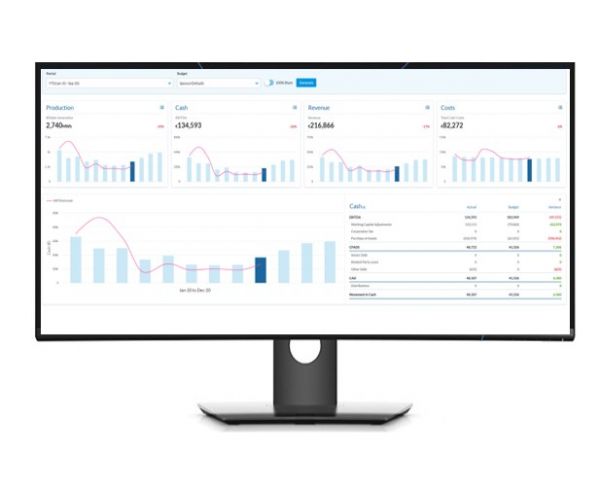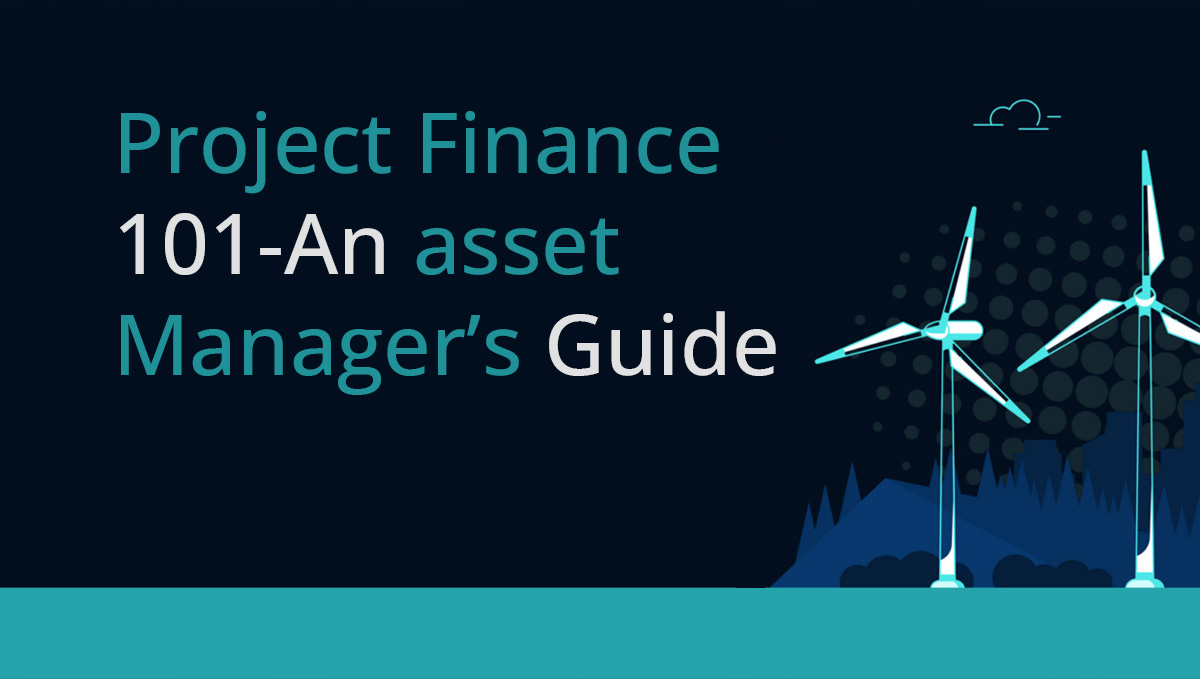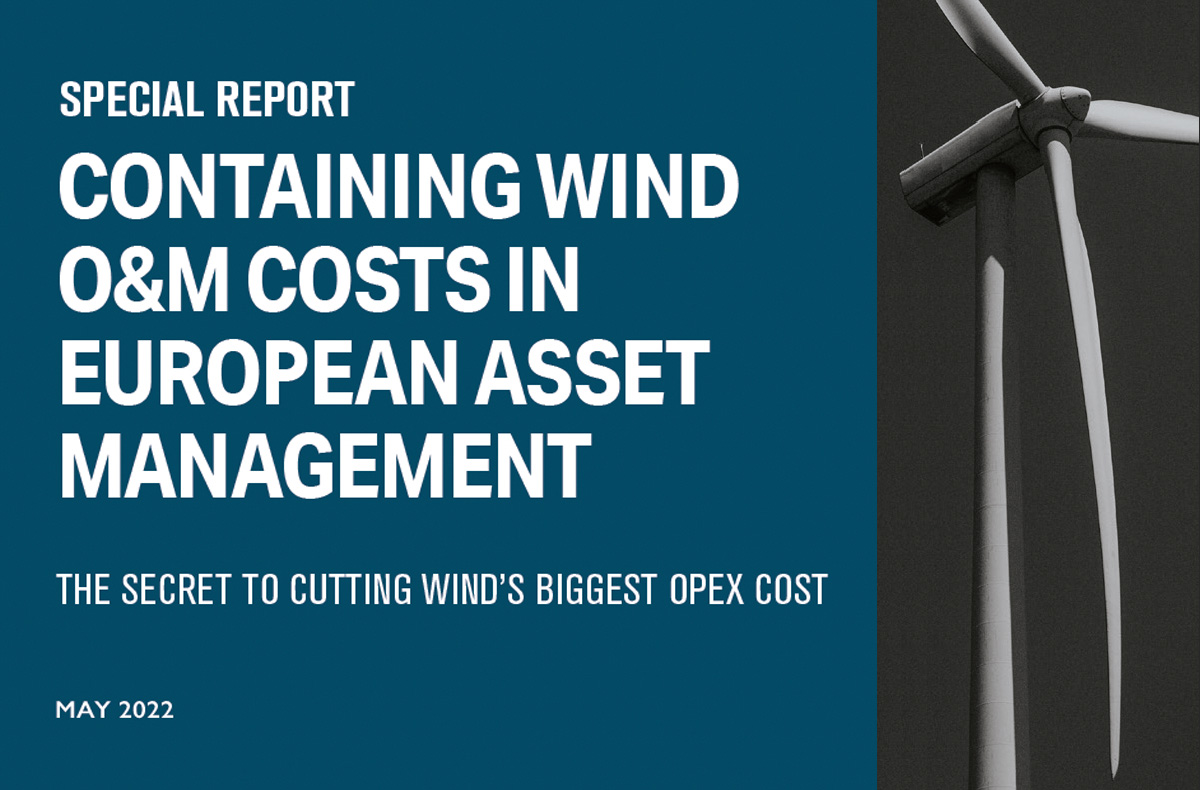Managing the financial, compliance and regulatory risks across a growing portfolio is getting more and more complex with the exposure to errors, that lead to a reduction in investor confidence and higher costs of capital, increasing all the time.
At SkySpecs we see that the successful asset managers and fund administrators use financial administration, risk and compliance management as a strategic weapon to grow AUM more efficiently. They not only grow AUM but they grow their profits at the same time.
Aviation, and the funds industry in general, are further along the maturity curve when compared to the renewable energy industry. Aviation, with real assets underpinning the investments and contractual revenues in the form of leases, is a mirror image of where the renewable energy industry could be and indeed outgrow. So, what can we learn from them about the future for renewable energy asset ownership and funds management?
Each asset manager had to start somewhere and, to get the business off-the-ground, the focus had to be on doing the near-impossible dance of finding assets to buy, while at the same time finding investors. But eventually, with some luck, the first assets get onto the books. As this point the asset managers have a strategy for securing more funds and a strategy to grow the asset base. But, what happens next defines the asset manager’s chances of real success.
You see, what is typically lacking at this point, in the rush to grow the assets base, is a strategy for how to structure the operations of the company. This is the key differentiator between those that stagnate in size and those that succeed. It’s the conscious decision of the c-suite in the company to invest the time and resources in the infrastructure, the processes, controls and supplier arrangements, to platform the initial and new investments.
Growth is often confused with scale. Growth is when a business takes on more and more investment and buys more and more renewable energy assets, but its profits don’t increase as a percentage of revenue, in fact sometimes they go down. This is because the overhead associated with growing keeps on catching up with the business. More staff are needed. Bigger office space. Recruitment, turnover and training become a bigger line item, and before you know it, you start to wonder why you started the business in the first place
Scale on the other hand is when the profits get bigger and bigger over time, as the business grows i.e. costs as a percentage of revenue keep on going down. This is what most start-ups will show in their financial projections and most business owners set out to achieve this. It’s scale that makes a business very valuable and its scale that the renewable energy industry needs, for more than one reason.
So back to my earlier point. Scale is only enabled through the conscious decision to invest the time and resources in the infrastructure to house the initial and any new investments. But moving from the day-to-day operational matters and firefighting, to focus on the strategic ability for the business to scale, is tough. But it’s a must. Execution on the required structures needs to be acted on before a tipping point is achieved. The cliff comes when at some point the excel files, legacy systems, multitude of poor performing outsourced partners and time spent just plugging holes in the workflow and processes, stagnates the business and, not only does it face into little chance of ever scaling, it also stops growing. The business threads water for some time then drowns.









